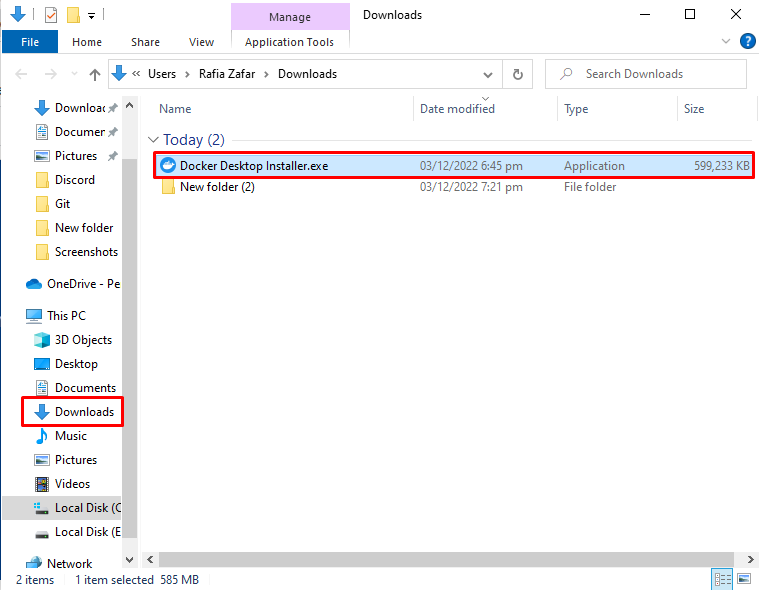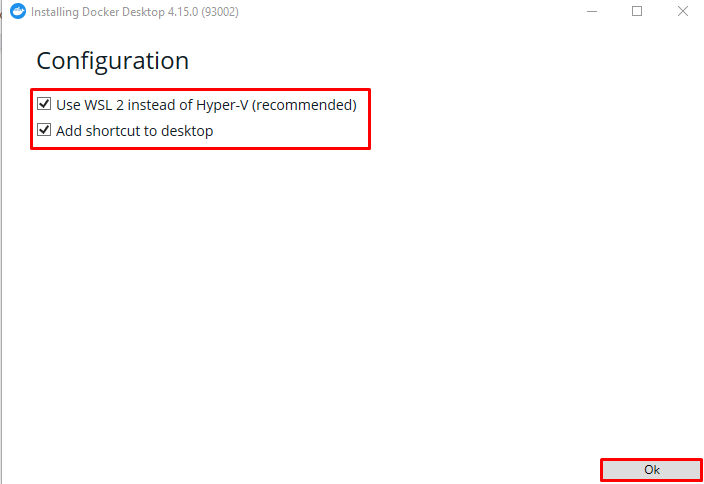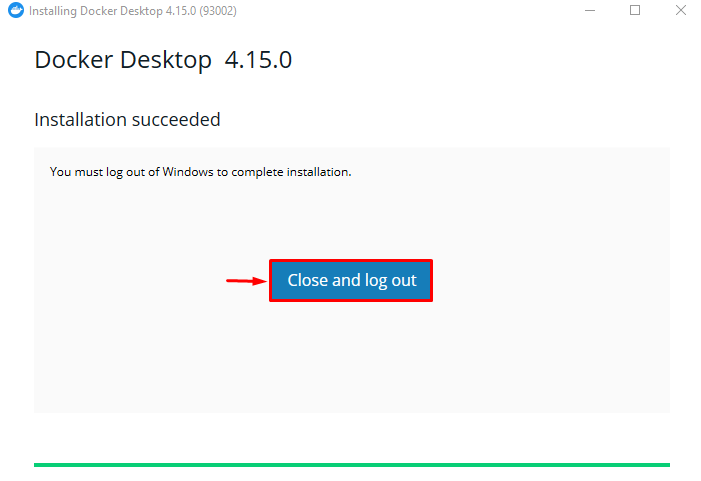This blog will explain:
What is Docker?
Docker is one of the popular tools that can build an application and play in project deployment due to the Docker containerization concept. Docker containers make it easy to install each dependency of the project into a container and resolve deployment issues, such as if a library is missing, the path is not set, and many others.
Major Component of Docker
The major component that made Docker stand out among other applications are listed below:
- Docker Client-Server
- Docker Images
- Docker Registry
- Docker Containers
Docker Client-Server
One of the famous features of Docker is Docker Client-Server architecture. All the communication is done between the Docker client and server through the rest APIs. The client issues the commands through the command line tool and then has delivered them to the server through APIs. The Docker engine is installed on a server that manages applications and client requests on the server.
Docker Images
The files containing instructions to execute the container’s code are known as Docker images. It contains all the essential instructions to build a container in Docker. Docker images are considered a starting point for deploying applications. Moreover, with the help of Docker images, developers can easily share and deploy applications on another machine.
Docker Registry
The Docker registry is another major part of the Docker platform that is used to manage, store, and distribute Docker images with the help of local and remote repositories.
Docker Containers
Docker introduced the containerization concept. The Docker container is light-weighted, and the main part of the Docker platform is used to build, deploy, and test applications. The containers contain and manage source code and all the project dependencies. With the help of containers, the Developer can easily deploy an application on any system. More specifically, it uses the system resources and smartly manages them for project deployment.
On the other hand, virtual machines require separate memory, OS, and kernel for running a machine, and project dependencies must also be installed separately. In comparison, Docker containers outperform virtual machines.
Advantages of Docker
Here are some advantages of Docker:
- Docker requires less space as it stores code and dependencies in a container, and containers are light weighted.
- Compared to the virtual machine, Docker does not require separate memory and utilizes the system’s unused memory.
- Docker provides high efficiency and scalability as many containers are managed in a single host.
- Docker applications are portable and can be shared between machines.
- Docker provides easy deployment and faster migration of applications.
- As Docker uses system resources directly, all the dependencies and code are stored in a container. Therefore, Docker gives high performance and requires less boot time.
How to Install Docker on Windows?
The Docker Desktop is a GUI version of the Docker platform. To install Docker on Windows, first, install the WSL package with the help of the attached link. Then, follow the below-provided steps.
Step 1: Download Docker Installer
First, navigate to the Docker official website and click on the “Download Docker Desktop” button to download the Docker installer:
Step 2: Run Docker Installer
Next, open the “Downloads” directory and run the Docker installer:
Step 3: Install Docker
Mark the highlighted checkboxes and hit the “Ok” button to start the Docker installation:
As you can see, the required files and dependencies are being unpacked. This procedure will take a few minutes:
Then, click the “Close and log out” button, which will reboot your computer. Otherwise, restart the system manually:
After restarting the system, the “Docker Subscription Service Agreement” window will appear on the screen. Accept all terms and conditions and start using Docker on Windows:
We have elaborated on what Docker is, its major components, and its advantages.
Conclusion
Docker is a containerized application that works with containers for building, managing, and deploying applications. The container, Docker images, Registries, and Docker clients and servers are the major components of the Docker platform. Docker applications have high performance, scalability, and efficiency and require less boot time. This blog has elaborated on what Docker is, the major components of Docker, the advantages of Docker, and the method to install Docker Desktop on Windows.






